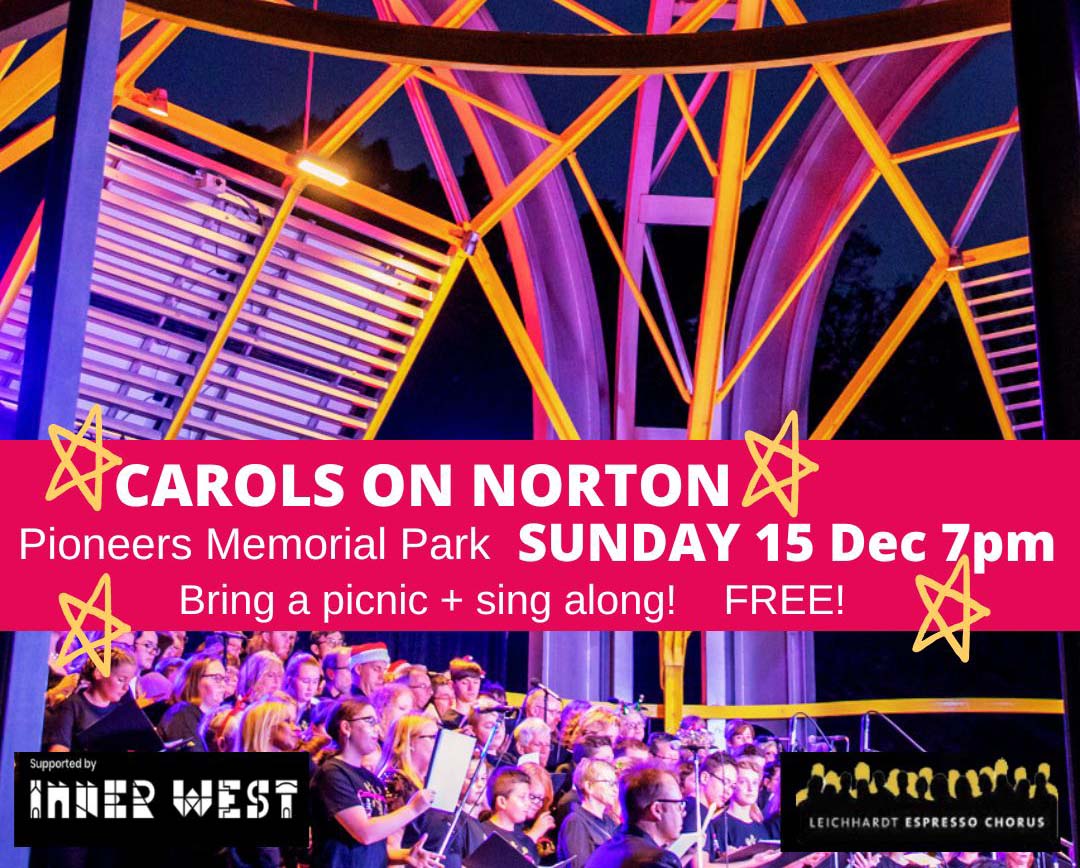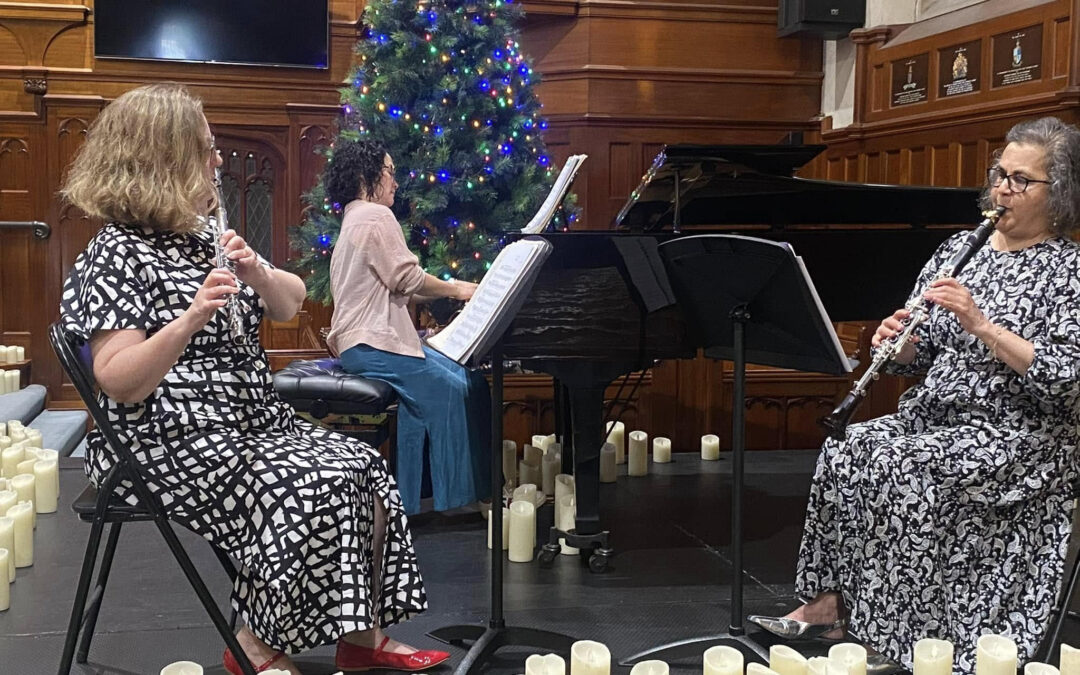Thomas Heywood’s choice of repertoire on Saturday 18 February at Kelvin Grove College Theatre, presented by TOSA QLD (Theatre Organ Society of Australia QLD), was varied and impressive. The first piece, The Great Gate of Kiev from Pictures at an Exhibition, had everyone on the edges of their seats, waiting to hear how Hull’s arrangement for organ would sound. It didn’t disappoint, with the Christie organ displaying beautiful tonal colours through Heywood’s expertise.
Apparently the Art Deco Christie can generate more than 7,500 different sounds. There are two chambers, hidden behind the stage. One houses the pipes and the other various instruments including bass drum, chimes, triangle and xylophone. Fascinating! The fact it is housed in a school, is also very unusual.
Highlights of the concert for me included Intermezzo from Mascagni’s Opera Cavalleria Rusticana. This was played delicately and with pathos. Heywood’s interpretation was entrancing and absolutely sublime. I also enjoyed Purcell’s Chaconne – Dance for the Chinese Man & Woman from the Fairy Queen. It provided a lovely, light interlude between some of the heavier pieces, and demonstrated how the instrument could imitate the Baroque period.
Although, the real masterpiece of the day in my mind, was Heywood’s performance of Finlandia by Sibelius, transcribed by Fricker. Sibelius composed the piece in 1899, but to avoid Russian censorship, it had to be performed under alternative names at concerts. Thus the piece epitomised Finland’s struggle. It was dramatic, moving and Heywood’s interpretation was very evocative. It took me to another place.
Another performance of note was the rousing, Finale Allegro con fuoco from Dvořák’s Symphony No 9. in E Minor – ‘From the New World’ Op. 95. Although it’s traditionally a finale, I think it would have been an outstanding starting piece to create impact from the beginning, but it was certainly a crowd favourite at the end. The audience applauded, crying ‘Encore!’ and we were treated to another wonderful demonstration of Heywood’s versatility and skill.
The ‘keys and pedal cam’ projected onto the wall, was a fabulous idea. It enabled us to see what Heywood was doing with his hands and feet. Not only did Heywood manage alternate pedalling (alternating both feet) on the very narrow console pedals, but I was blown away when he proceeded to play two opposing pedal parts at the same time, which meant he was effectively playing four separate parts! How he managed to do that, and transition the instrumentation so seamlessly, I don’t know. No wonder he looked just as rapturous as the rest of us, when he finished playing a piece. His wife, Simone, was assisting with page turning and sound changes. At the conclusion of each piece, Thomas turned to Simone with a joyous look that appeared to convey something along the lines of, ‘We totally nailed it!’
A thought occurred to me during the concert – Except for pianists, drummers and some guitarists, most musicians play one track of music, whereas an organist plays three, and in Heywood’s case, four, plus instrumentation strategy. We know from research that musicians’ brains are larger and more developed than people who don’t play music. I wonder though, if a study has ever been conducted on organists’ brains, compared to other musicians? Imagine, if as a society we discovered that brain training and mental agility could be enhanced by learning the organ; It could well experience a resurgence!
Review for:
![]()
TOSA Q: Thomas Heywood “MASTERPIECES” | Saturday 18 February | Kelvin Grove
![]()





























